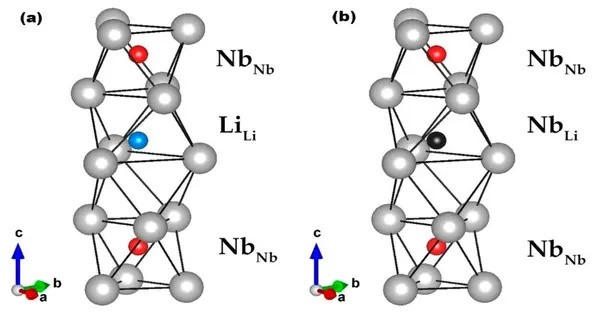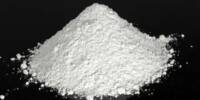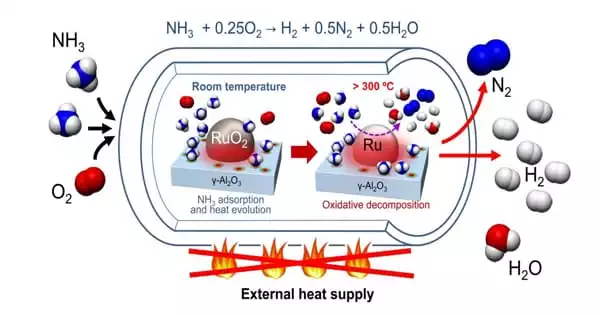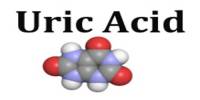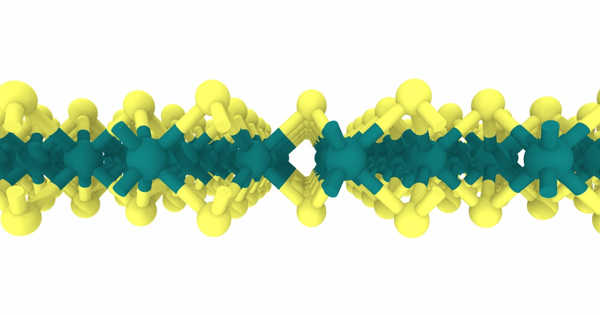Lithium niobate (LiNbO3) is a synthetic salt consisting of niobium, lithium, and oxygen. It is a versatile material with a wide range of applications in various fields, especially in optics and electronics. It’s a ferroelectric, piezoelectric, and pyroelectric crystal, which means it exhibits unique properties like the ability to generate an electric charge when subjected to mechanical stress, and it responds to changes in temperature as well.
Its single crystals are an important material for optical waveguides, mobile phones, piezoelectric sensors, optical modulators and various other linear and non-linear optical applications. Lithium niobate is sometimes referred to by the brand name linobate.
Properties
Lithium niobate is a colorless solid, and it is insoluble in water. It has a trigonal crystal system, which lacks inversion symmetry and displays ferroelectricity, the Pockels effect, the piezoelectric effect, photoelasticity and nonlinear optical polarizability.
- Chemical formula: LiNbO3
- Molar mass: 147.846 g/mol
- Appearance: colorless solid
- Density: 4.30 g/cm3
- Melting point: 1,240 °C (2,260 °F; 1,510 K)
- Solubility in water: None
- Band gap: 3.77 eV
- Optical Properties: It has a wide transparency range from the ultraviolet (UV) to the infrared (IR). This makes it useful in laser systems, optical modulators, and optical switching devices.
Occurrences
- Natural Occurrence: While lithium niobate can be synthesized in laboratories, it does occur naturally in small quantities in some rare minerals, though it is not commonly found in nature. Natural deposits can be found in pegmatites, where it is often associated with other rare minerals like tourmaline and lepidolite.
- Synthesis: The most common source of lithium niobate is from the synthesis of lithium carbonate and niobium oxide. The material is typically grown using methods like the Czochralski process or by flux method in controlled conditions to produce high-quality crystals.
- Industrial Production: Lithium niobate is primarily produced in industrial settings for use in photonics and electronics. It is typically processed into thin films or bulk crystals for various applications.
Applications
- Optical Communication: Used in modulators for fiber-optic communication systems.
- Lasers: Employed in laser devices, especially for tunable lasers.
- Acoustic Devices: Used in surface acoustic wave (SAW) devices, which are key components in various sensor and communication technologies.
- Frequency Conversion: Used for generating new frequencies of light (e.g., in second harmonic generation).
- Ferroelectric Memories: Applied in non-volatile memory devices.
